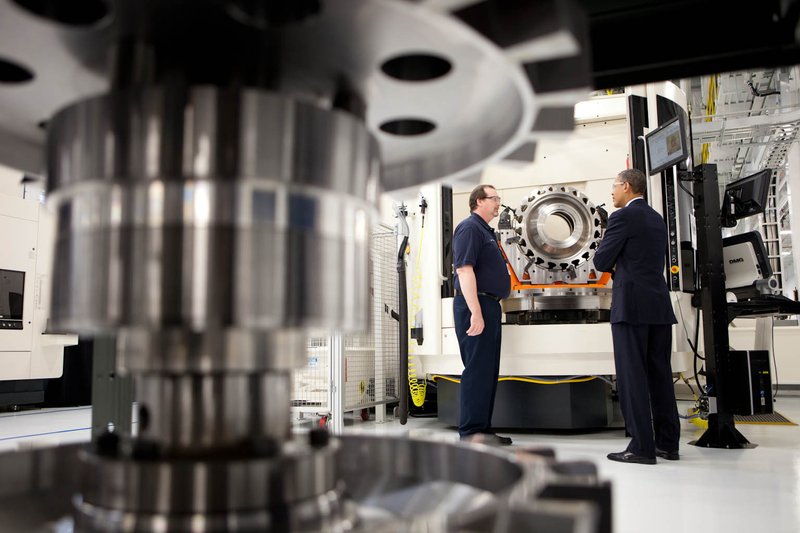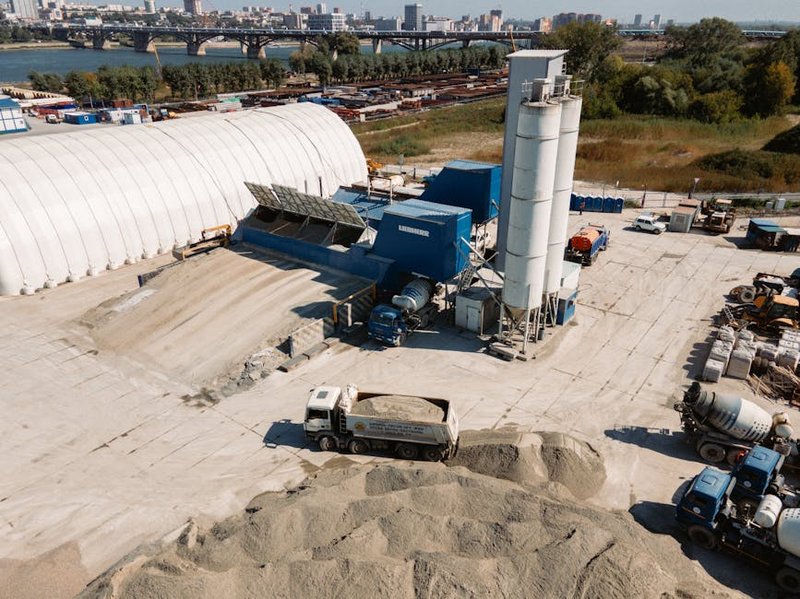The winds of change are sweeping across America’s economic landscape with unprecedented force. As I observe the unfolding drama of our nation’s industrial transformation, I’m struck by how pivotal this moment truly is. We stand at a crossroads where government and private enterprise are forging new partnerships to navigate the challenges of climate change, global competition, and technological revolution.
What excites me most is how this represents not just an economic shift, but a reimagining of what’s possible when we align our collective vision toward common goals.
The Renaissance of American Industrial Policy
Throughout our nation’s history, we’ve witnessed the ebb and flow of government involvement in steering our economic destiny. From Alexander Hamilton’s visionary manufacturing initiatives to FDR’s bold New Deal programs, America has periodically embraced industrial policy during times of great challenge and opportunity.
Today’s revival of industrial policy isn’t merely a repetition of history—it’s an evolution born of necessity and wisdom. The semiconductor industry, renewable energy sector, and advanced manufacturing are receiving unprecedented support through landmark legislation like the CHIPS and Science Act.
“When we invest in America’s strategic industries, we’re not just creating jobs—we’re creating possibilities,” I often remind my colleagues. “We’re planting seeds that will grow into forests of innovation for generations to come.”

Industrial – Why This Matters Now More Than Ever
The stakes couldn’t be higher. China’s meteoric rise represents both a competitive challenge and a wake-up call. Their state-directed economic model has achieved remarkable results in developing cutting-edge technologies and dominating supply chains for critical materials.
Meanwhile, climate change demands rapid advancement in clean energy and sustainable manufacturing—transitions that market forces alone might not achieve quickly enough. Add to this the fragility of global supply chains exposed by the pandemic, and the case for strategic government involvement becomes compelling.
What’s fascinating is how this shift transcends traditional political divisions. Both Republican and Democratic administrations have recognized the need for more active economic policies, though they differ in approach and emphasis.
Industrial – Finding the Right Balance
The beauty of America’s approach lies in its pragmatism. Unlike command economies, our industrial policy seeks to enhance market forces rather than replace them. The government sets direction and provides incentives, but private enterprise drives innovation and execution.
This partnership model avoids the pitfalls of heavy-handed intervention while addressing market failures in areas like basic research, where private investment often falls short. It’s about creating frameworks for success rather than picking winners and losers.
I’ve found that the most successful industrial policies share three key characteristics:
- Strategic focus on industries vital to national security and future competitiveness
- Emphasis on innovation rather than merely protecting existing industries
- International coordination with allies to avoid destructive subsidies races
Learning from Global Success Stories
Looking abroad provides valuable lessons. Germany’s Mittelstand companies—small to medium-sized manufacturing enterprises—have thrived due to strong public-private partnerships in research and workforce development. South Korea transformed from an agricultural economy to a high-tech powerhouse through strategic industrial planning.
These success stories remind us that thoughtful government involvement can catalyze economic transformation when aligned with a country’s unique strengths and cultural values.

The Human Element of Economic Transformation
What often gets lost in policy discussions is the profound human impact of these economic shifts. Behind every manufacturing innovation or new energy technology are communities and individuals whose lives are transformed.
I’ve spoken with workers in revitalized factories who describe not just improved wages, but renewed pride in contributing to America’s future. I’ve met young engineers who chose to stay in their hometowns rather than move to coastal tech hubs because new opportunities emerged locally.
These personal stories represent the true measure of successful industrial policy—not just GDP growth or technological achievement, but human flourishing and community resilience.
Embracing the Future with Confidence
The path forward isn’t without challenges. Industrial policies done poorly can lead to wasteful spending, market distortions, and counterproductive trade conflicts. The key lies in designing approaches that enhance rather than undermine market competition while addressing genuine strategic needs.
What gives me hope is America’s remarkable capacity for reinvention. Throughout our history, we’ve faced existential challenges and emerged stronger through a combination of entrepreneurial spirit and collective action. Today’s industrial policy renaissance represents this same dynamic at work.
As we navigate this new era of economic transformation, let’s maintain the humility to learn from both successes and failures. Let’s design approaches that reflect our values of innovation, inclusivity, and sustainability. And most importantly, let’s remember that our greatest strength has always been our ability to adapt and evolve in the face of change.
The future belongs to those who prepare for it today. By embracing thoughtful industrial policy as one tool in our national toolkit, we’re doing exactly that—building the foundation for prosperity and security in a rapidly changing world.



